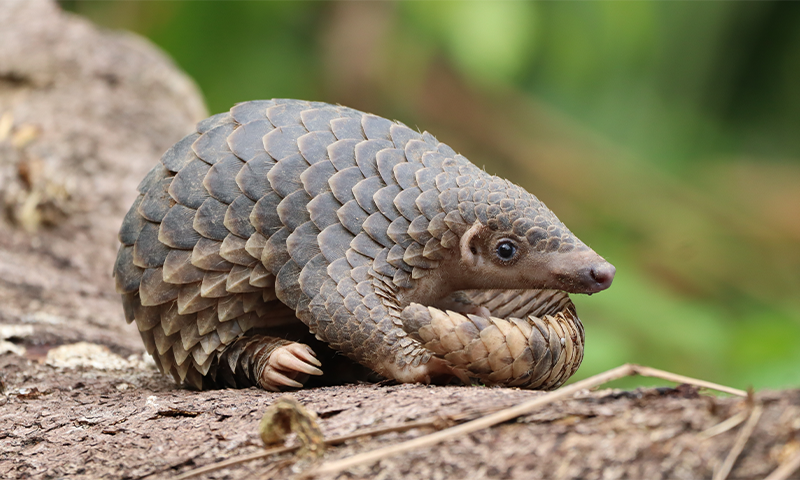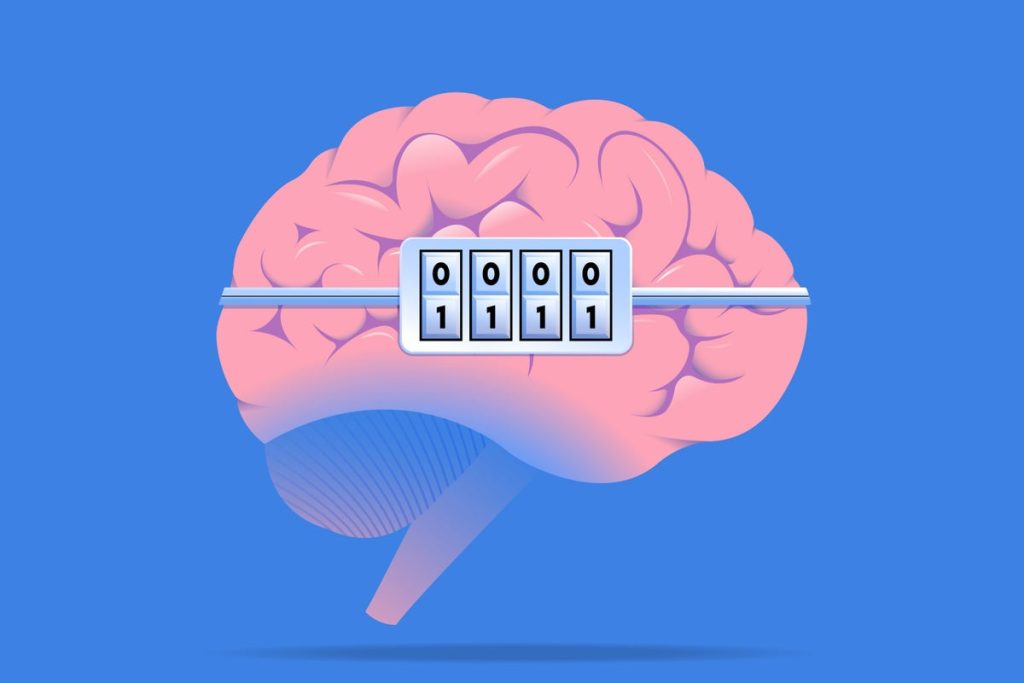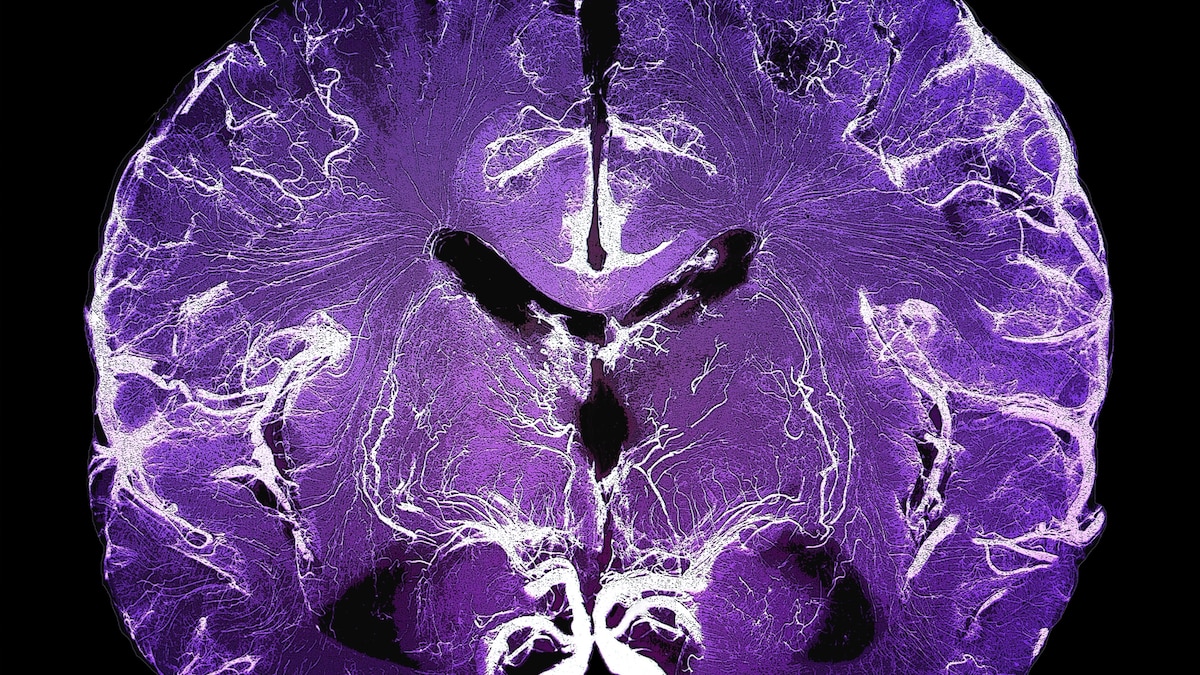Now Reading: What Do Dogs, Bedbugs, and Corn Have in Common?
-
01
What Do Dogs, Bedbugs, and Corn Have in Common?
What Do Dogs, Bedbugs, and Corn Have in Common?

Quick Summary
- A new definition for the term “domestic” has been proposed by researchers Elinor Karlsson and Kathryn Lord, aiming to clarify what qualifies as domestication.
- Under this definition, “domestic” applies to populations of organisms that have evolved responses to human-associated niches and cannot thrive outside of those contexts.
- Examples of “domestic” populations include dogs,cats,bedbugs,Norway rats,lactic acid bacteria used in cheese-making-while horses and honeybees are excluded as they can survive independently from humans in natural environments.
- Unlike previous definitions centered on human control or genetic differentiation,this approach focuses on evolutionary adaptation within a human niche.
- The newly proposed framework emphasizes population-level distinctions rather than species-wide categorizations-a stance contested by other scientists who argue it complicates existing literature or overlaps with prior terms like “obligate synanthrope.”
- Critics express concerns over the utility of the definition and question its ability to address broader environmental changes influenced by humans such as climate change.
Indian Opinion Analysis
The evolving conversations around scientific definitions mirror an crucial aspect of humanity’s relationship with nature: how we categorize and interact with other living beings. for India-home to diverse animal kingdoms intertwined deeply into cultural traditions-the implications stretch beyond terminology disputes. This redefinition challenges conventional views on domestication heavily embedded in agricultural practices (e.g., cow husbandry) or pest management (e.g., rats). While India’s scientific community may benefit from standardized language for research clarity, practical ramifications might arise if certain animals previously labeled “wild” are now relabeled “domestic” under theoretical shifts.
Additionally, framing domestication purely through adaptation raises ecological questions relevant for India’s biodiversity hotspots: given escalating land-use pressures and climate effects altering habitats indirectly tied to human activities.Ultimately acknowledging fluid interconnected systems remains collectively useful minimizing mislitigation skew-neutral conservation rollout paths.




























